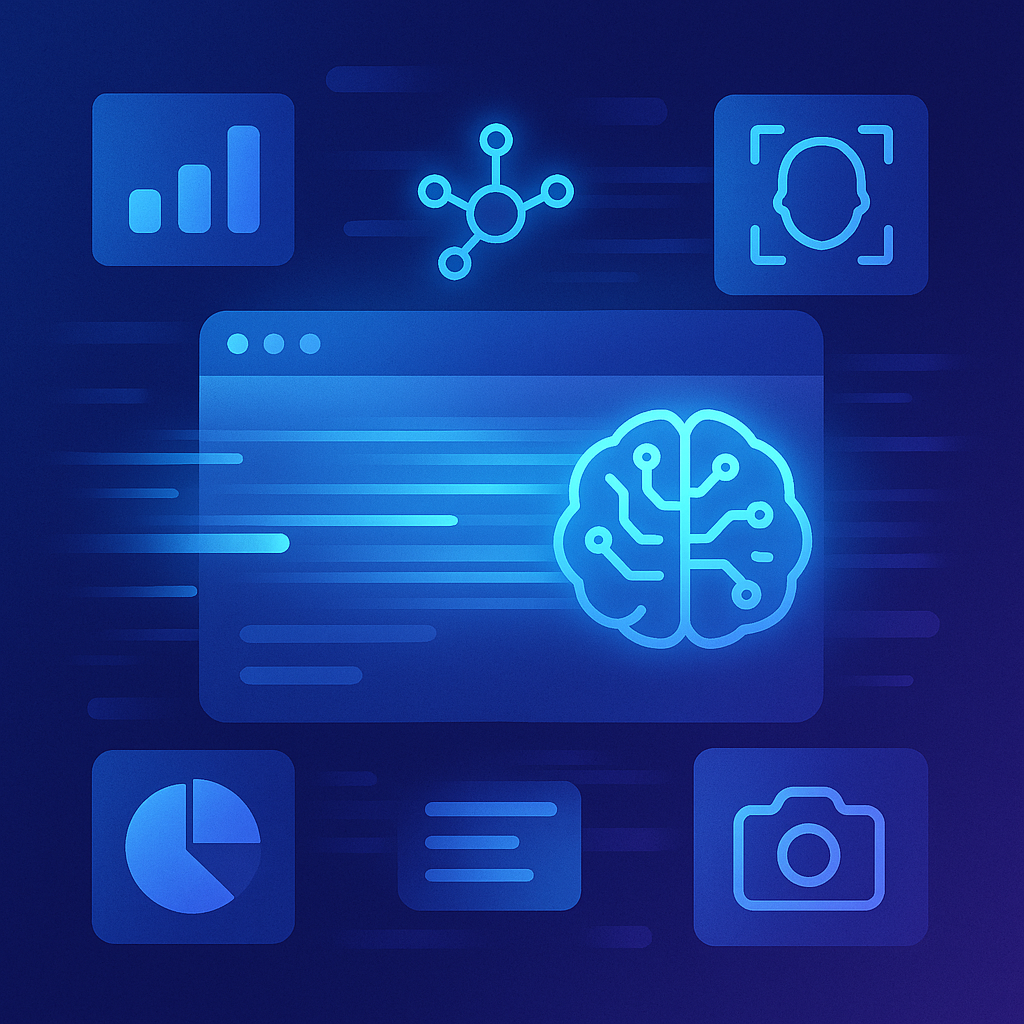WebML might not be a household name yet, but it’s becoming a hot topic in the evolving world of web-based machine learning. Short for Web Machine Learning, WebML refers to the technologies and frameworks that allow machine learning models to run directly in the browser or through web-native environments. That means no bulky downloads, no external APIs, and no server calls just to do a quick image recognition or classification task.
As machine learning continues to shape industries, WebML is creating a more accessible and user-friendly path for developers and users alike.

What Is WebML?
WebML is the practice of deploying machine learning models to run in client-side environments like browsers or web apps. It enables real-time predictions, personalization, or data analysis to happen directly on the user's device. Rather than sending data back and forth to a server, WebML leverages the browser's capabilities to keep operations fast, lightweight, and private.
This is typically achieved using frameworks like TensorFlow.js, ONNX.js, or WebDNN, which allow models to be trained or run within JavaScript environments. With the right setup, WebML can process user inputs, sensor data, or images on the fly, all without leaving the browser.
Who's Using WebML?
WebML is being adopted by forward-thinking teams across industries that want to bring smarter features to users in a seamless, secure way.
Common Use Cases Include:
- E-commerce: Virtual try-ons, product recommendations, and visual search tools
- Healthcare: Symptom checkers and medical image analysis apps
- Education: Interactive learning platforms with real-time feedback
- Social Media & Creative Apps: Filters, effects, or auto-tagging powered by in-browser models
- Accessibility Tools: Real-time captioning, text-to-speech, or gesture recognition
Developers also use WebML for edge computing, IoT dashboards, and personal analytics tools where local processing is faster and more secure.
Why WebML Matters
- Faster Interactions: No server calls mean lower latency and snappier performance
- Greater Privacy: Sensitive data stays on the user’s device
- Offline Functionality: Models can run even without a network connection
- More Accessible AI: Easier for smaller dev teams to implement intelligent features
- Cross-Platform Power: Runs in browsers across devices without installation
WebML is redefining what machine learning can look like in everyday web applications. By enabling powerful models to run directly in the browser, it removes friction and creates new possibilities for speed, privacy, and innovation. As tools improve and devices become more capable, expect WebML to become a standard part of the modern front-end toolkit.
At Code Scientists, we explore and implement next-gen technologies like WebML to build smarter, faster, and more user-centric solutions. If you're curious about in-browser AI or lightweight ML integrations, we’re ready to help you make it real.
